Expansion in Glass Manufacturing
The Sodium Sulphate Market is significantly influenced by the expansion of the glass manufacturing sector. Sodium sulphate is utilized as a fining agent in glass production, helping to remove bubbles and impurities. With the increasing demand for glass products, particularly in construction and packaging, the glass manufacturing industry is expected to grow steadily. Reports indicate that the glass market could reach a valuation of over 200 billion by 2026, which suggests a corresponding rise in the need for sodium sulphate. This growth is likely to be fueled by urbanization and the rising consumption of packaged goods. Consequently, the expansion in glass manufacturing presents a robust opportunity for the Sodium Sulphate Market.
Growth in Chemical Manufacturing
The Sodium Sulphate Market is closely linked to the growth in chemical manufacturing. Sodium sulphate is a key raw material in the production of various chemicals, including sodium sulfide and sodium silicate. The chemical manufacturing sector is anticipated to expand due to rising industrial activities and the demand for specialty chemicals. It is estimated that The Sodium Sulphate Market could reach approximately 1 trillion by 2027, which may lead to an increased requirement for sodium sulphate. This growth is likely to be driven by advancements in technology and the need for innovative chemical solutions. Therefore, the growth in chemical manufacturing is a crucial driver for the Sodium Sulphate Market.
Increased Use in Textile Industry
The Sodium Sulphate Market is benefiting from the increased utilization of sodium sulphate in the textile industry. Sodium sulphate is employed in dyeing processes, particularly for reactive dyes, which are gaining popularity due to their vibrant colors and eco-friendliness. The textile industry is projected to grow at a rate of around 5% annually, driven by rising consumer demand for fashionable and sustainable clothing. This growth in the textile sector is likely to enhance the consumption of sodium sulphate, as manufacturers seek to improve dyeing efficiency and reduce environmental impact. As such, the increased use in the textile industry serves as a vital driver for the Sodium Sulphate Market.
Rising Demand in Detergent Industry
The Sodium Sulphate Market is experiencing a notable increase in demand from the detergent sector. Sodium sulphate serves as a filler and helps in the production of powdered detergents, enhancing their performance and cost-effectiveness. As consumers increasingly seek efficient cleaning solutions, the detergent industry is projected to grow at a compound annual growth rate of approximately 4.5% over the next few years. This growth is likely to drive the demand for sodium sulphate, as manufacturers look to optimize formulations and reduce production costs. Furthermore, the shift towards eco-friendly products may also influence the market, as sodium sulphate is considered a more sustainable option compared to other fillers. Thus, the rising demand in the detergent industry is a significant driver for the Sodium Sulphate Market.
Regulatory Support for Sustainable Practices
The Sodium Sulphate Market is positively impacted by regulatory support for sustainable practices. Governments are increasingly implementing regulations that promote the use of environmentally friendly materials in various industries. Sodium sulphate, being a naturally occurring mineral, aligns well with these sustainability initiatives. As industries strive to comply with environmental regulations, the demand for sodium sulphate is likely to rise. This trend is particularly evident in sectors such as detergents and textiles, where manufacturers are seeking to reduce their carbon footprint. The regulatory support for sustainable practices not only encourages the use of sodium sulphate but also positions the Sodium Sulphate Market favorably in the context of future market developments.


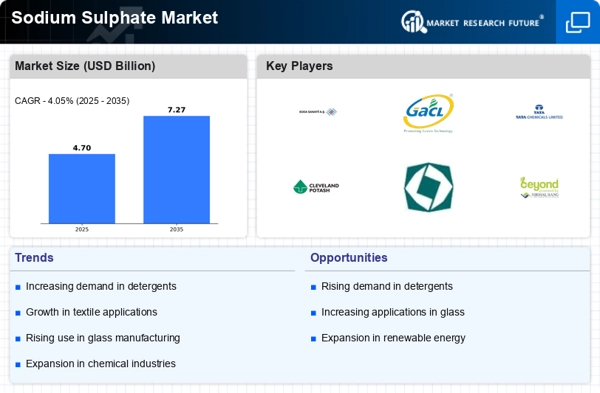
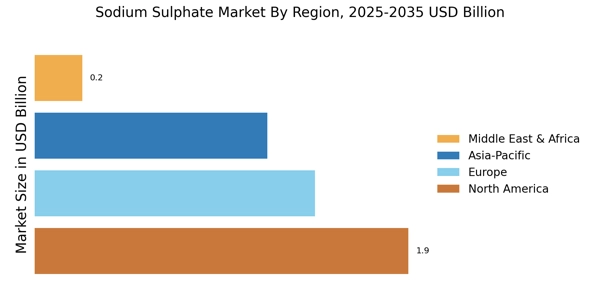
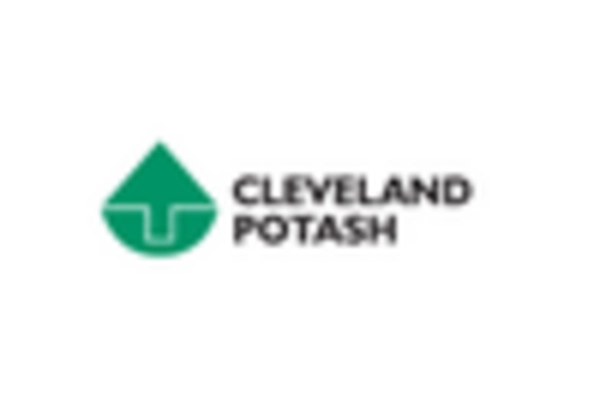

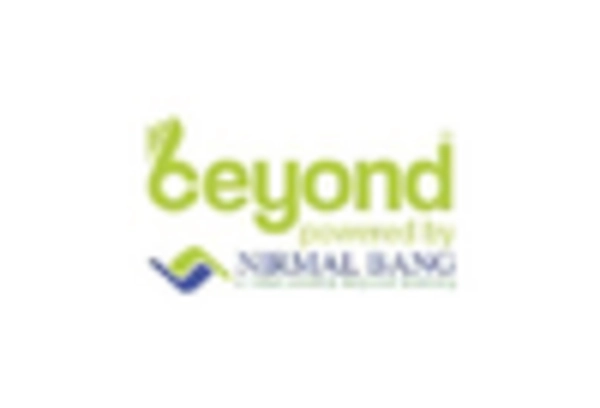
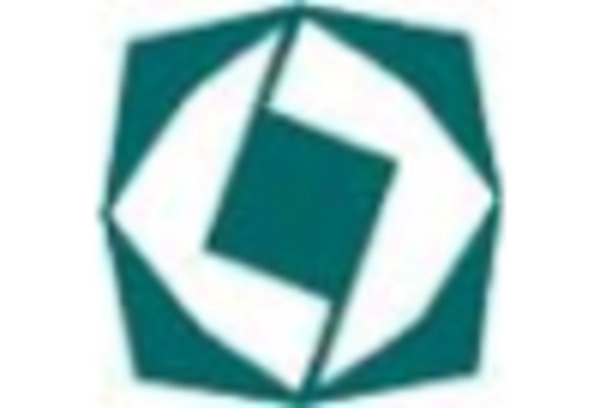
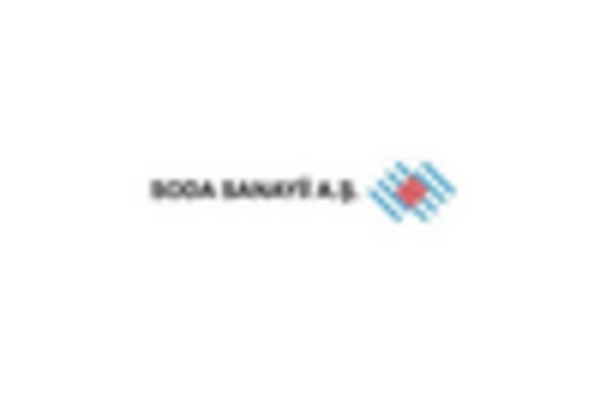
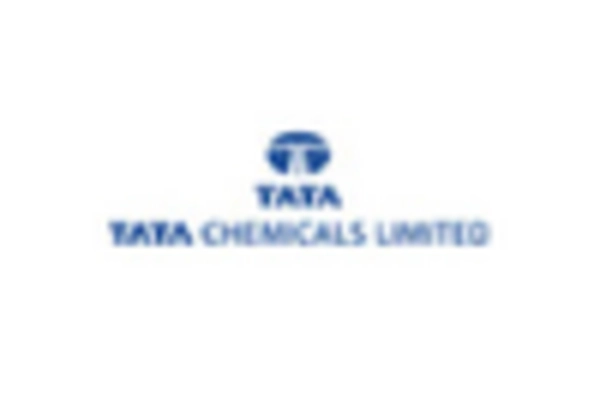








Leave a Comment